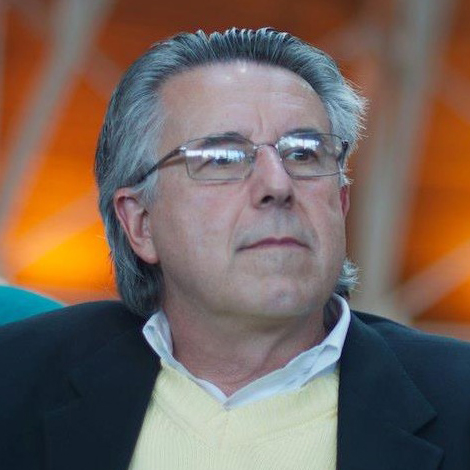All of us have been in or driven by renovated old buildings or other structures that cause us to think: When was it built or what was its original purpose? And there MUST be some fascinating stories along the way…
Kevin Gibson, who grew up in the Louisville area, took his curiosity to a high level and wrote a 200-page book, his latest, This Used to Be Louisville (Reedy Press, 2021). Replete with photos and an easy-to-read format, Kevin’s offering is a fun tour around the largest city in Kentucky with some additional information about structures across the river in Indiana.
Each listing has two pages and concludes with a part that says, “This used to be…” followed by a “Now it’s…” and has the site’s address. Besides generally an old photo and a later one (with captions), Kevin’s texts feature interesting historical context.
Some of the features I like most are Irish Rover on Frankfort Avenue, an Irish pub that used to be a saloon; Tyler Block, formerly a commercial block, razed to become the Kentucky International Convention Center; the Fischer meatpacking plant, on Mellwood, which became a 360,000-square-feet arts and shopping complex; today’s Big Four Bridge, which became a pedestrian pathway across the Ohio River from Louisville to Jeffersonville.
In the back of the book, Kevin has supplied readers with hundreds of sources he used to gather information, handy for readers to explore on their own. He talked about his process in researching the guide.
“It’s time-consuming, but probably mostly because I immerse myself in it and gather way more information than ultimately makes it into the book,” he said. “I feel like that gives me a thorough understanding of whatever subject I am writing about.”
He spends about six months actively writing on a book, saying “that’s in-between living life, doing other writing projects and so forth. Once I get on a roll, I try to knock out a chapter a day if at all possible.” Because of his passion for the work, he seldom seems to hit that “stone wall” and try to step away. “Luckily, I enjoy it so much that so-called ‘writer’s block’ is never an issue for me.”
So why is his quest to illuminate the past around his city so important?
“I think it’s simply because to understand where we’re going, it makes sense to know where we’ve been,” he answered. “I like telling the stories of people who came before and inhabited places that are familiar to us. What were they like? What issues did they face and what joys did they celebrate? I also believe we move through life so quickly sometimes that we often miss things that are right in front of us, things that were important to people of a certain time.”
He gave an example.
“One item in the book is about a real estate office in my neighborhood that once was a theater that not only showed movies but held live entertainment and served as a community center for the families in the neighborhood. A lot of life happened in and around that building, and I enjoy telling and enjoying those stories by slowing down to really absorb them. If you’re busy driving to work or school, always in a hurry, you’re missing those stories. If you go on a leisurely walk every so often in life, you’ll see things you didn’t know were there.”

Kevin is currently working on another book, planned for a fall release, called Oldest Louisville, noting that one story deals with the city’s first public park, which was built on top of the city’s first cemetery. Other books he has published include Secret Louisville: A Guide to the Weird, Wonderful, and Obscure; Unique Eats and Eateries of Louisville; two editions of 100 Things to Do in Louisville before You Die; and, ironically, an e-book called Crohn’s Disease: A Memoir from the Toilet.
For more information, visit his website at kevingibsonwriter.com.
In the “did not know or had forgotten they were born in Kentucky” department, here are a few of my latest findings…
• Larnell Harris, a five-time Grammy Award-winning gospel singer and songwriter, was born in Danville in 1947.
• Louis Marshall “Grandpa” Jones, banjo player extraordinaire and long-time cast member of TV’s Hee-Haw series, was born in Niagara, a community in Henderson County.
• Jackie DeShannon had 1960s hit recordings “What the World Needs Now is Love” and “Put a Little Love in Your Heart.” She was born in Callaway County in the community of Hazel.
• Actor Tom Cruise’s parents were both born in Louisville.
• Mathew Bacon Sellers II was the first pilot to take off and land in Kentucky. Though he was born in Baltimore, his parents were native Kentuckians. An inventor and scientist, he invented the retractable landing gear.
• The first black to win a Pulitzer Prize in photography was Moneta Sleet, Jr. for his Coretta Scott King photograph taken at M.L. King, Jr.’s funeral. Sleet, Jr. was born in Owensboro.
• Woody Stephens, the colorful American Thoroughbred Horse Racing Hall of Fame trainer, was born in Stanton, Kentucky, in 1913.
• The writer of this column writes all about Kentucky — but was born in California.


























